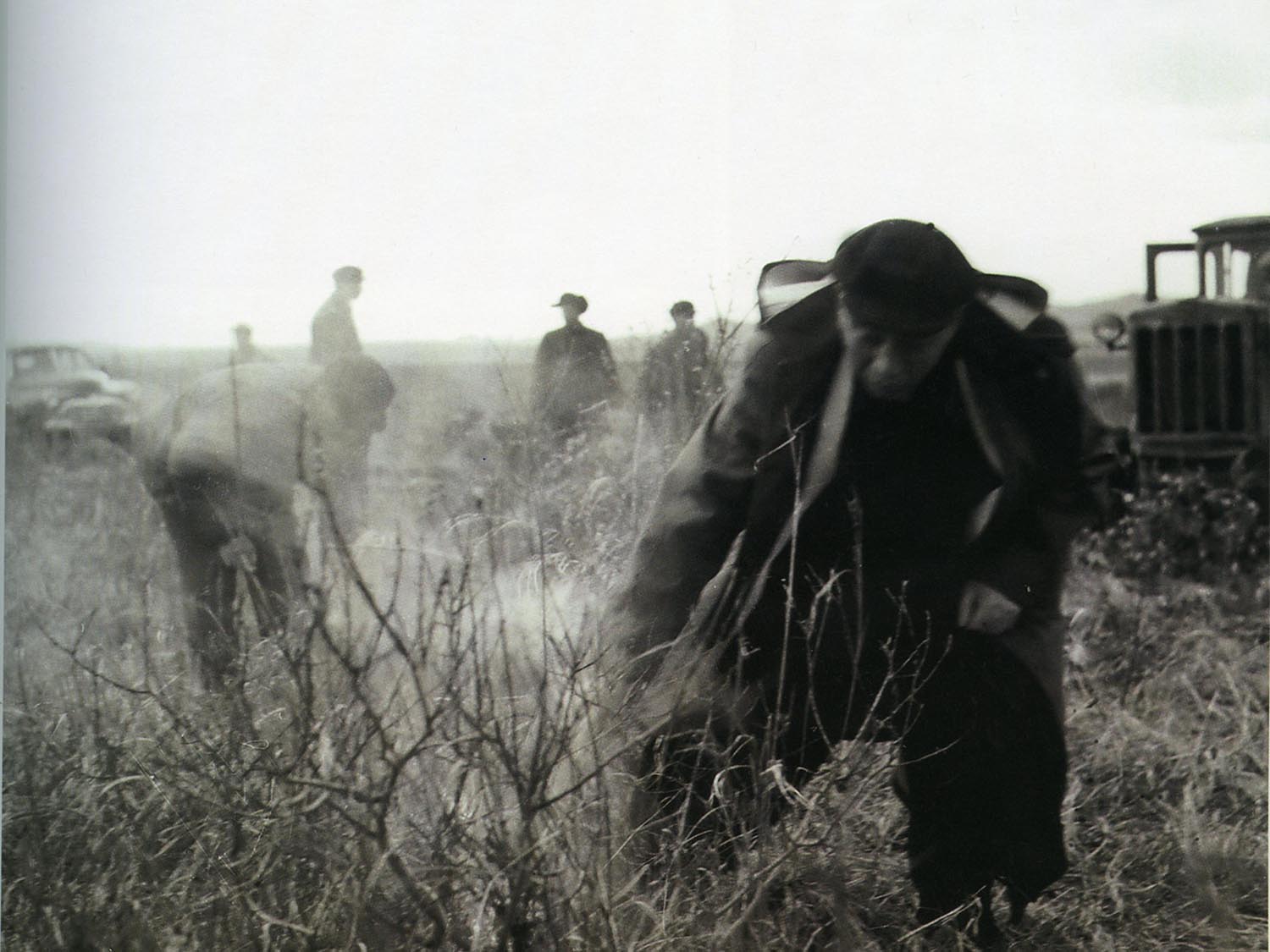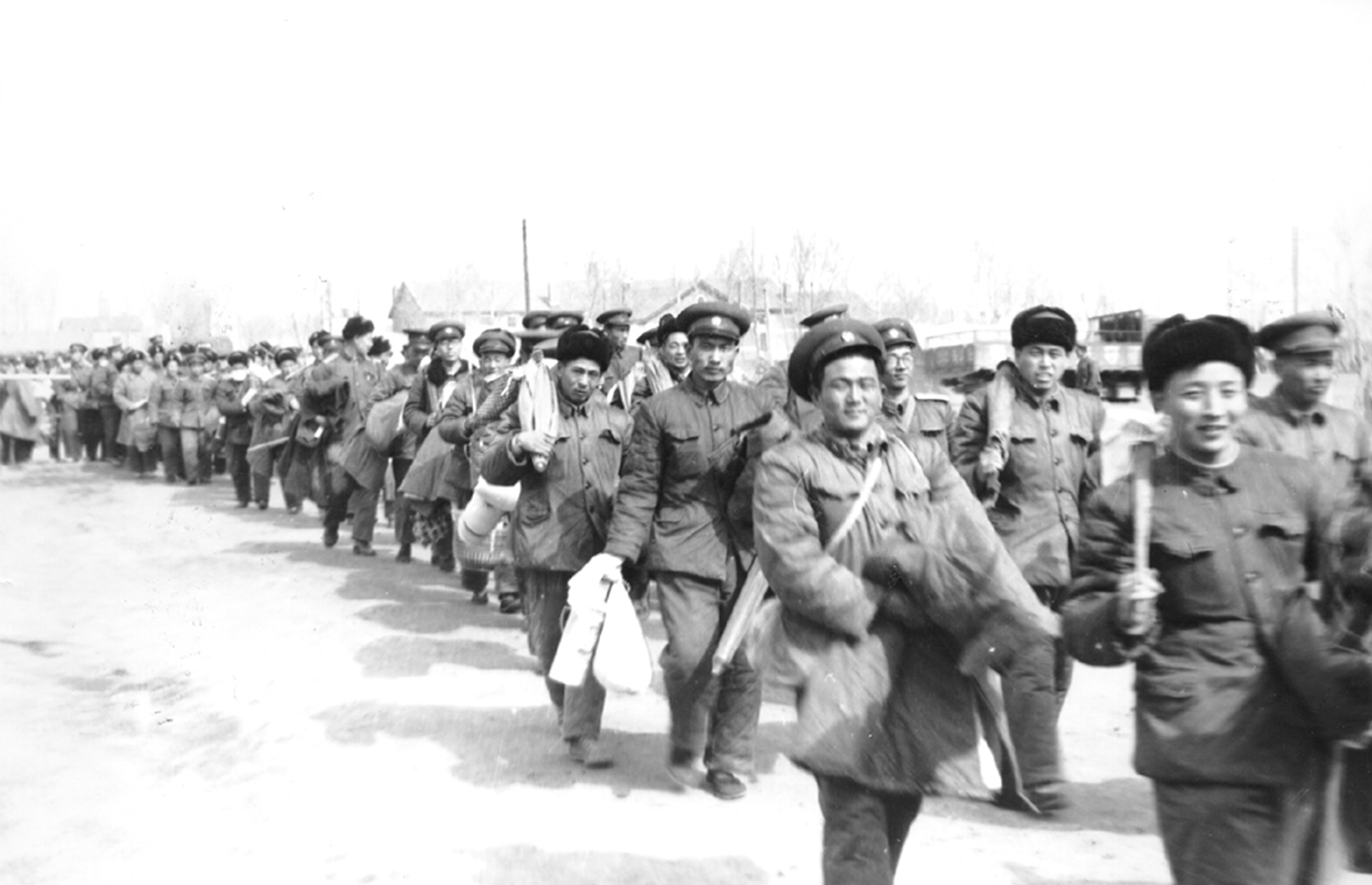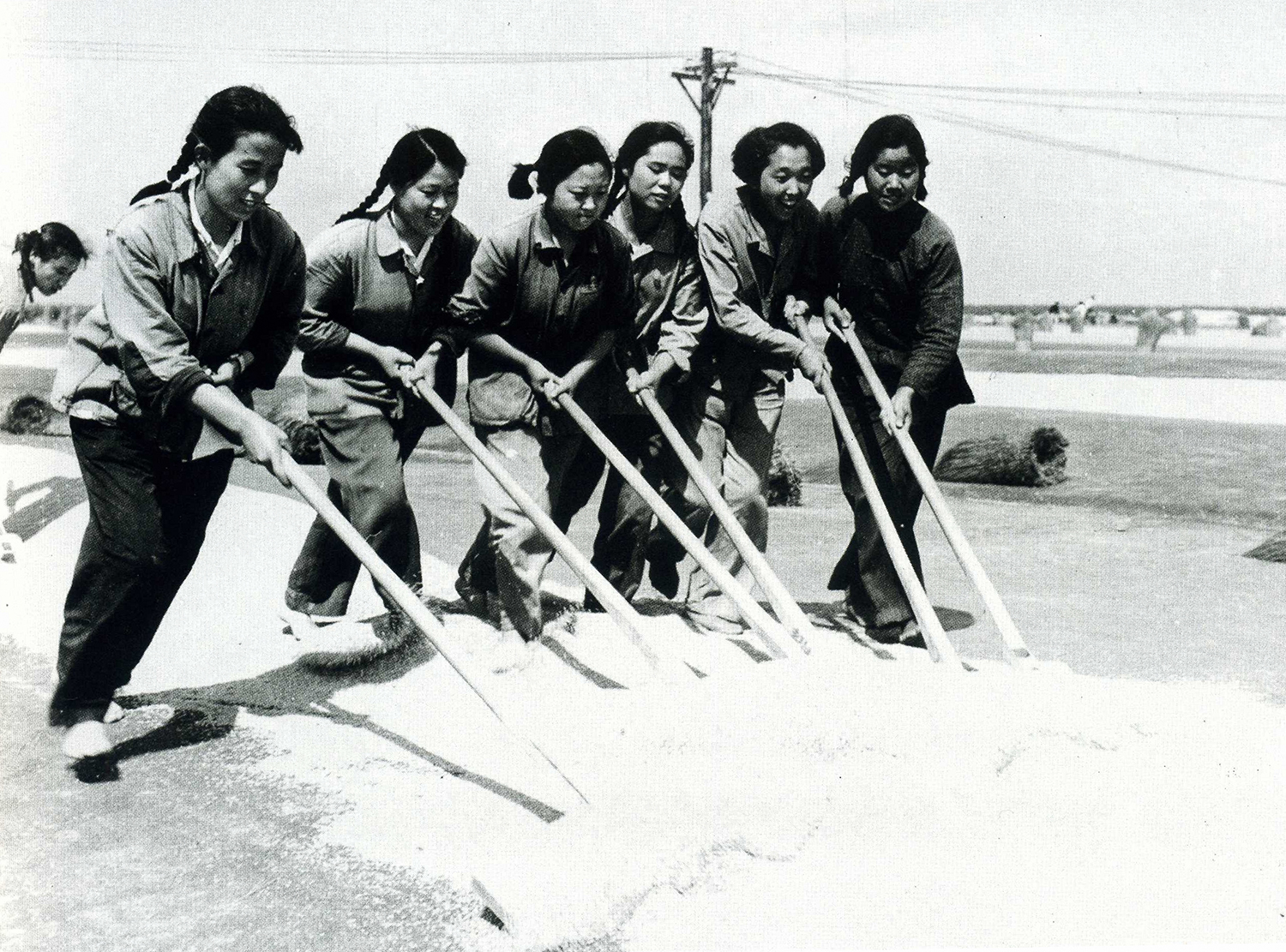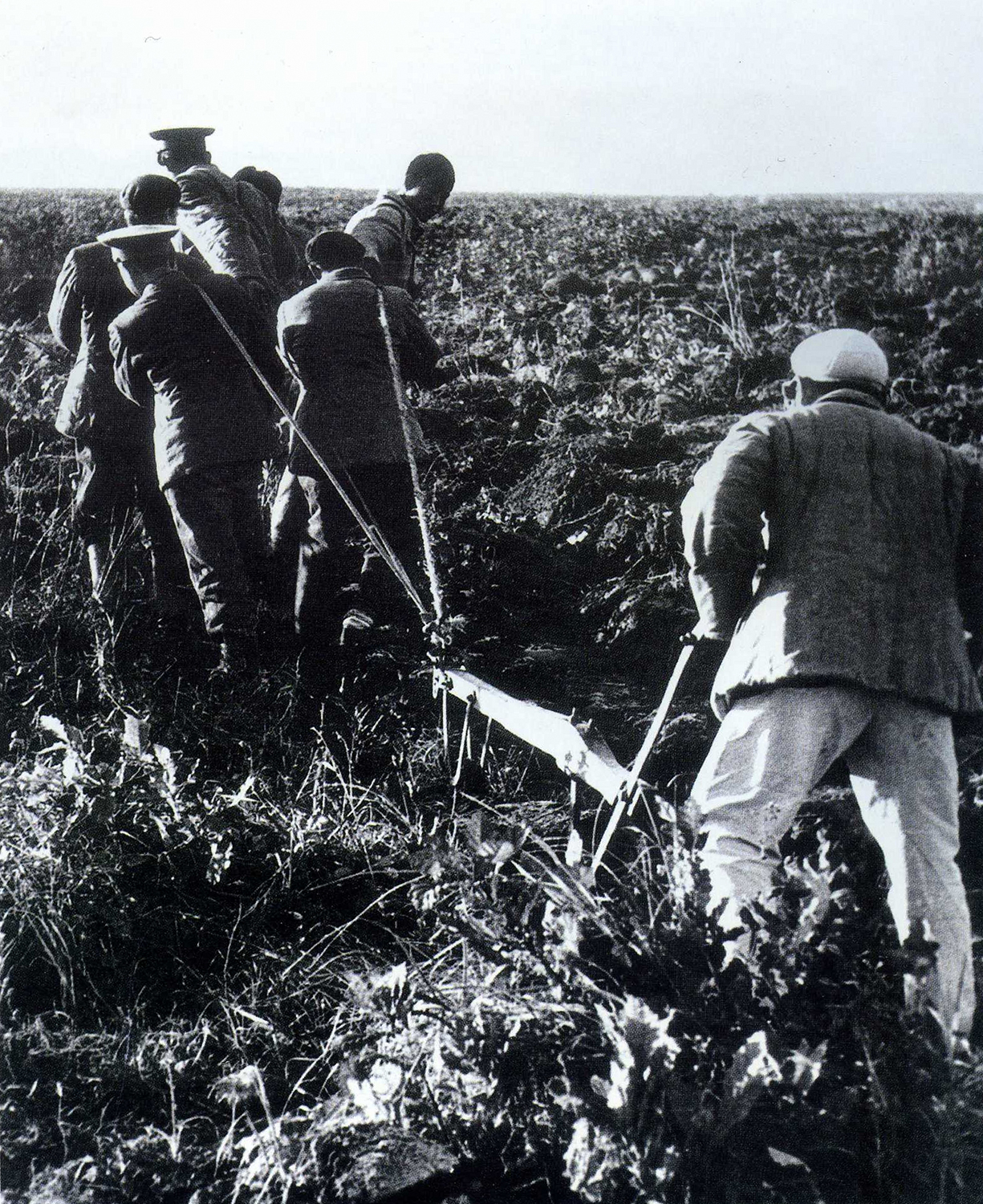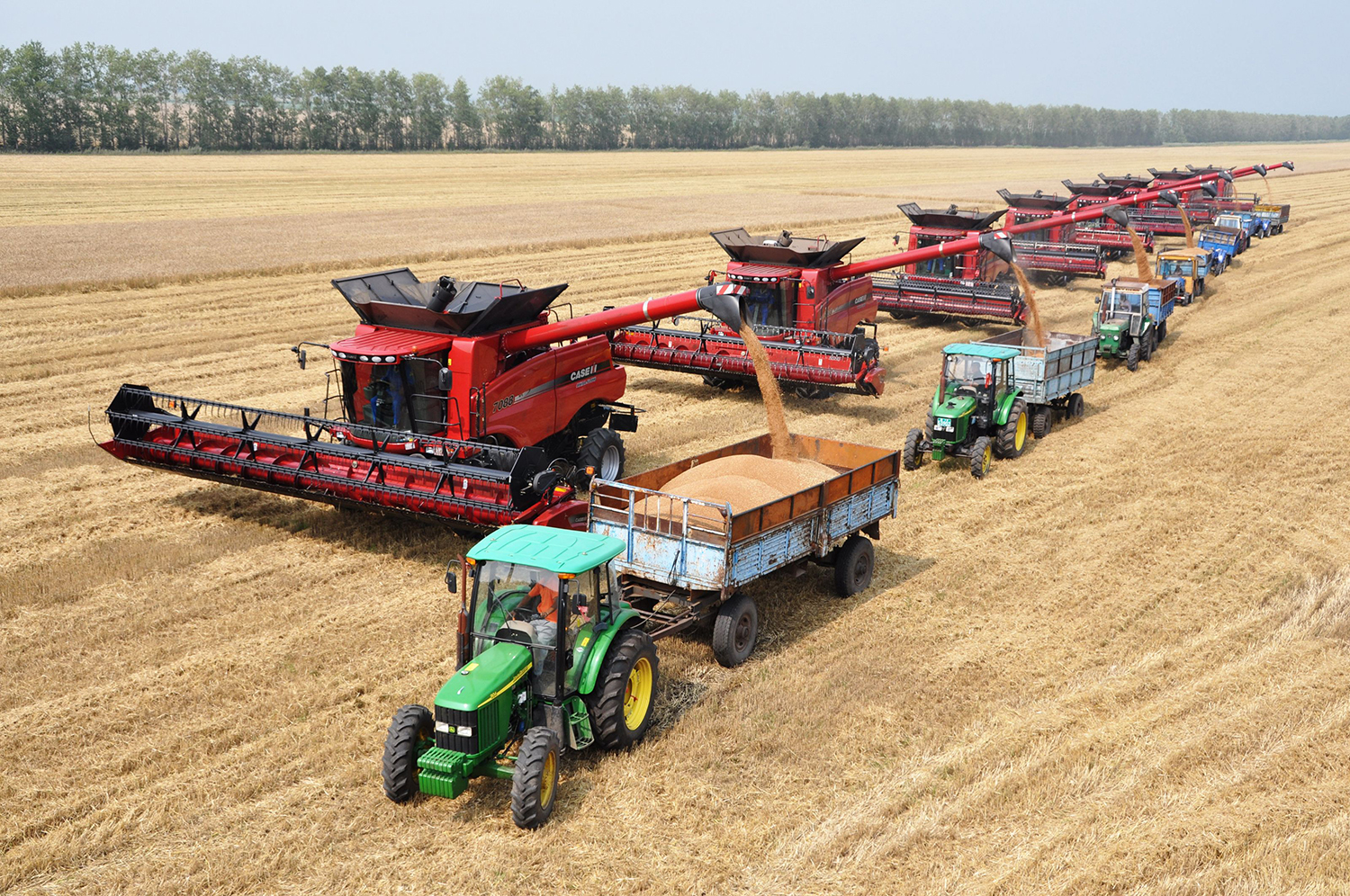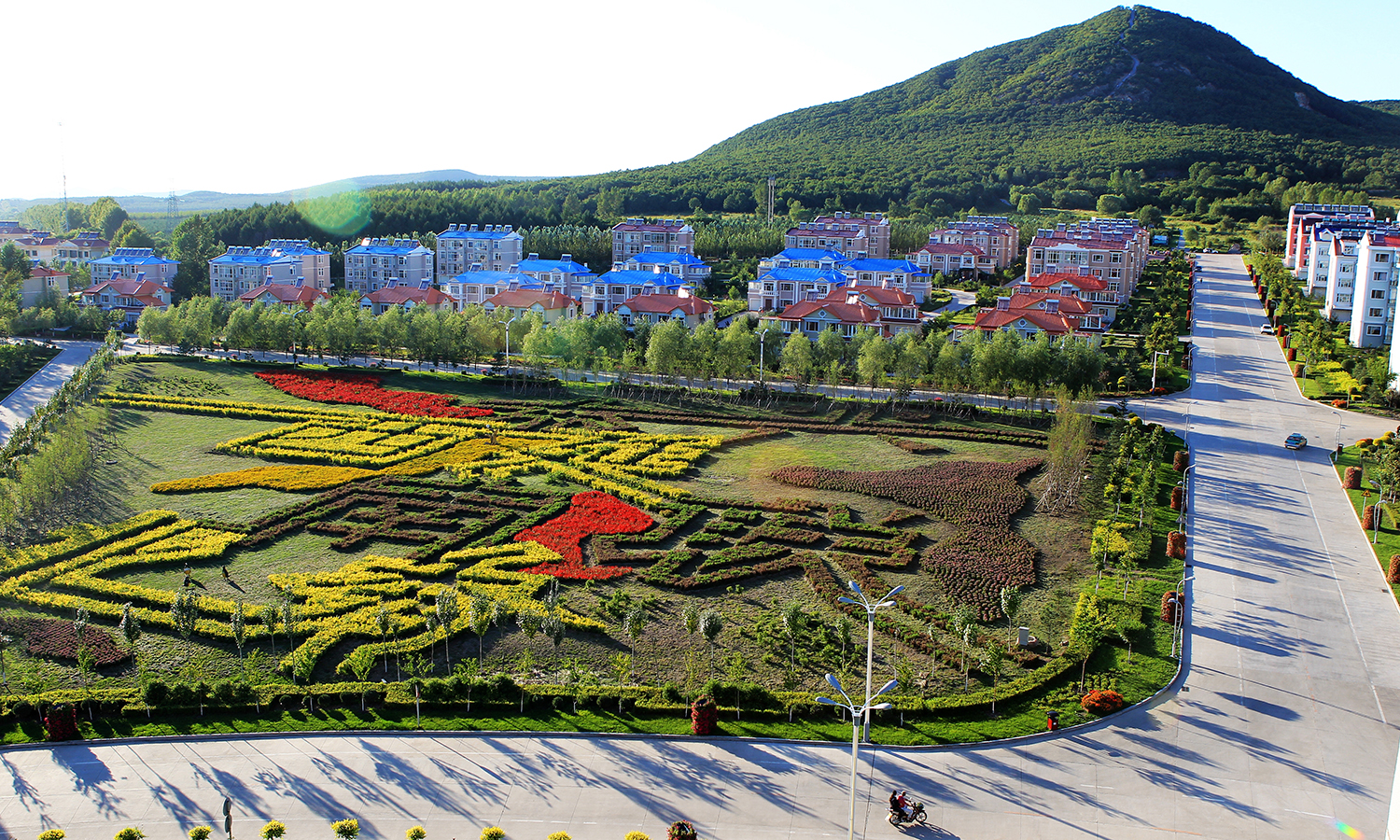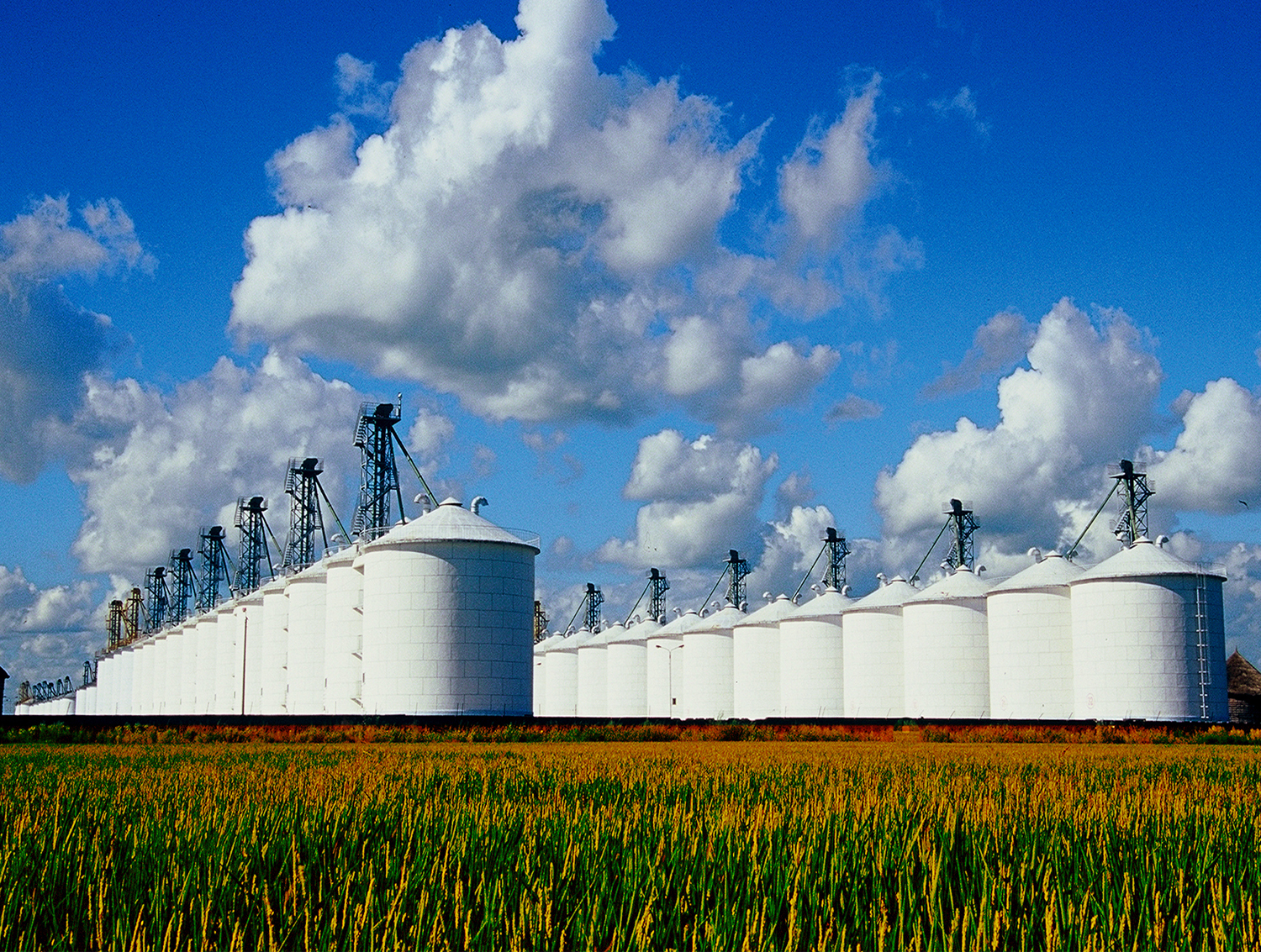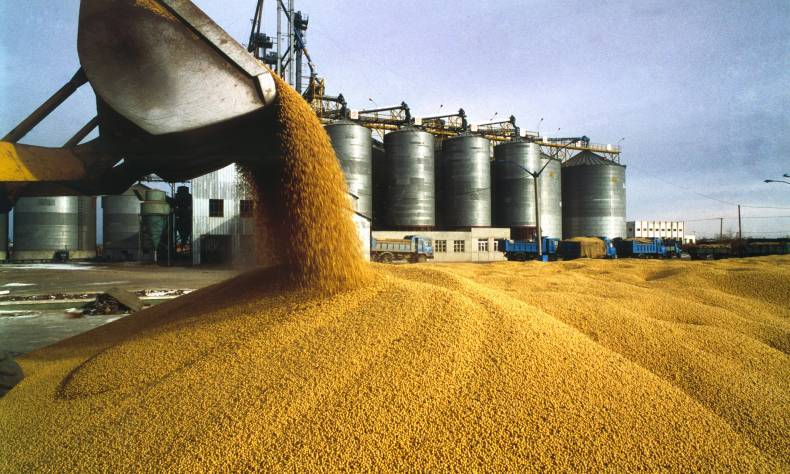
Northeast China’s Story of Reclamation: Previous Wild Frontier Turns into Rich Granary
With the 71-year historical pace of the development and construction of the ‘Great Northern Wilderness’, the previously underpopulated wasteland has turned into the rich and beautiful ‘Northern Okura’.
‘This is a magical land, hard to find on earth,’ famous Chinese poet Guo Xiaochuan once described the Great Northern Wilderness like this.
‘The Great Northern wilderness’ was first seen in the ancient Chinese singularity book The Classic of Mountains and Seas, originally referring to the primitive wilderness of Northeast China. After a long historical evolution, the scope of the Great Northern Wilderness has gradually narrowed down to the ancient Songnen Plains and Sanjiang Plains in the Province of Heilongjiang. The term ‘Northern Wilderness’ was once synonymous with coldness and barbarism.
In 1947, two years before the founding of the People’s Republic of China, the People’s Liberation War led by CPC against the Chiang Kai Shek regime entered a critical period, moving away from strategic defense and towards a strategic counterattack. In accordance with the decree made by the Party Central Committee and Chairman Mao to “establish a consolidated northeast base area”, a group of Communist Party cadres were transferred from the army and the localities to the Great Northern Wilderness. It was during this time period that the first batch of publicly owned mechanized farms were organized and development of the Great Northern Wilderness began to take place.
Δ In July 1956, General Wang Zhen personally ignited the first wildfire contributing to the development of the Great Northern Wilderness at the 8th Five-Five Farm of Mudanjiang Agricultural Management Bureau.
In the mid-to-late 1950s, Wang Zhen, a famous general of the People’s Republic of China, led 100,000 demobilized and transferred soldiers into the Great Northern Wilderness. The heroes were disarmed and embarked on a new battlefield, setting off on a large-scale feat to develop the Great Northern Wilderness.
Δ The transferred soldiers went to the Great Northern Wilderness.
Following the transferred soldiers move to the Great Northern Wilderness, 50,000 college graduates, 200,000 young people from all walks of life, and 540,000 urban intellectual youths responded to the Party Central Committee’s call for ‘Stationing Troops and Reclaiming and Safeguarding the Border Regions’, rushing to the Great Northern Wilderness to aid in development and construction.
Δ Educated youth in the yard turn over grains of wheat.
The past 71 years of reclaiming the Great Northern Wilderness have left many touching stories.
Huang Zhenrong, an old Red Army warrior, was one of General Feng Yuxiang’s security guards, a well-known anti-Japanese general in China. Huang joined the Red Army in 1933 and followed General Wang Zhen to battles in the North and in the South. When Huang was in the production of Nanniwan, he was the battalion commander of the 359th Brigade and followed General Wang Zhen to the Great Northern Wilderness.
Huang led more than 7,000 soldiers and cultivated 510,000 mu (1 mu is equal to about 667 square meters) of land in two years. He built the No.852 farm, expanded both the No. 853 and No. 855 farms, and spent 15 years fighting for the farming business. When Huang died, people changed his clothes for him and were shocked to discover that nine of his ten toes had frozen. When Huang Zhenrong came to the Great Northern Wilderness, there was not a single ridge. After his death, he left behind 760,000 mu of good land in the heart of the Great Northern Wilderness.
Δ Soldiers pulling the plow to cultivate the wasteland.
During the development and construction of Yanwo Island (a desert island of 200 square kilometers) on the No. 853 farm, there unfolded the following true story: In 1958, Luo Hairong, a soldier who was transferred to work, was killed when the snow and ice melted and the traffic coming and going from Yanwo Island was cut off. He died on his way of the transportation of oil by water, only 26 years old, leaving his pregnant wife behind. In order to take care of the hero’s wife, the organization sent her back to her hometown in Sichuan. 17 years later, Luo Hairong’s son came to Yanwo Island and assumed what was previously his father’s role.
In 1959, Zhang Dexin, a young man from the Shandong branch, looked for parts to repair a broken locomotive more than a hundred miles away from the crash site and was swallowed by the Baoqing River. When people retrieved his body, his arms still held the tower-shaped gear which weighed more than 10 kilograms; he was only 22 years old at the time.
Known as the “Father of Rice in the Northern Wilderness”, Xu Yirong devoted himself to the research, promotion, and teaching of rice cultivation techniques in the cold for more than 50 years. He wrote 318 study and translation materials and technology notes, totaling more than 23 million words. His footprints covered 87 rice growing farms in the Heilongjiang Reclamation Area and more than 30 cities and counties in the province. He has travelled more than 80,000 miles and the cumulative efficiency has increased by more than 10 billion yuan. In 2008, he received a total of 1 million yuan in prize money, all donated to the Academy of Agricultural Sciences to study the sustainable development of rice in the Great Northern Wilderness. In May 2014, Xu Yirong died of illness at the age of 91.
Δ The scene of a large agricultural machinery group harvesting in the Great Northern Wilderness. Photo / Zhang Jian
After 71 years of Spring and Autumn, people in the Great Northern Wilderness created one miracle after another. The wasteland has turned into a million hectares of fertile farmland. The Heilongjiang Reclamation Area has become an outstanding representative of China’s advanced agricultural productive forces and has become an important grain commodity production base, a food strategy reserve base, and ‘China’s large granary’.
Δ A corner of the rural residential area. Photo / Guan Xianchang
At the beginning of the reclamation, the annual production of grain in the Great Northern Wilderness was only 24 thousand tons. It reached 21.05 million tons in 2017. In the past 71 years, the Great Northern Wilderness has produced a total of 37.55 million tons of grain, 30.301 million tons of which are sold to the country as commercial grain. At present, the area of cultivated land in the Heilongjiang Reclamation Area has reached 35.6 million mu, and the comprehensive grain production capacity has stabilized at more than 20 million tons per year. The amount of commodity grain transferred accounts for about a quarter of the total grain transfer in the provinces. The grain that is transferred every year in the Great Northern Wilderness can be supplied to more than 100 million people, including those in Beijing, Tianjin, Shanghai, Anhui, and the People’s Liberation Army.
The Great Northern Wilderness not only produces food for the motherland, but is also playing a leading role in the agricultural supply side structural reform, which allows products produced by the farmers, including its quality and quantity, to be more in line with the needs of consumers and achieve a seamless connection between the place of origin and the place of consumption. Currently, the total area of green food planted in the Heilongjiang Reclamation Area is 33 million mu, and 292 products have obtained green food certificates. The ‘Great Northern Wilderness’ brand’s series of agricultural products has become a table food that the people can rely on. Thus, the Great Northern Wilderness has been worthy of being the first brand of Chinese agriculture.
Δ National Grain Reserve on Heilongjiang Qianjin Farm.
In May 2016, General Secretary Xi Jinping proposed in the inspection work in Heilongjiang Province that the district should ‘build a modern agricultural base, a large enterprise, a large industry, and form an aircraft carrier in the agricultural field. In September this year, in JianSanjiang in the Heilongjiang Agricultural Reclamation area, Xi Jinping walked amongst the millions of mus of land, looking at the grain and examining the soil. He once again stressed that the Chinese people’s rice bowl should be firmly held in their own hands at all times.
With the 71-year historical pace of the development and construction of the ‘Great Northern Wilderness’, the previously underpopulated wasteland has turned into the rich and beautiful ‘Northern Okura’. As the deepening of farm reform in new era opens, 1700,000 people in the ‘Great Northern Wilderness’ have stood at a new historical starting point once again, embarking on a new journey of ‘second entrepreneurship’.
Editor: Elena
 Facebook
Facebook
 Twitter
Twitter
 Linkedin
Linkedin
 Google +
Google +
